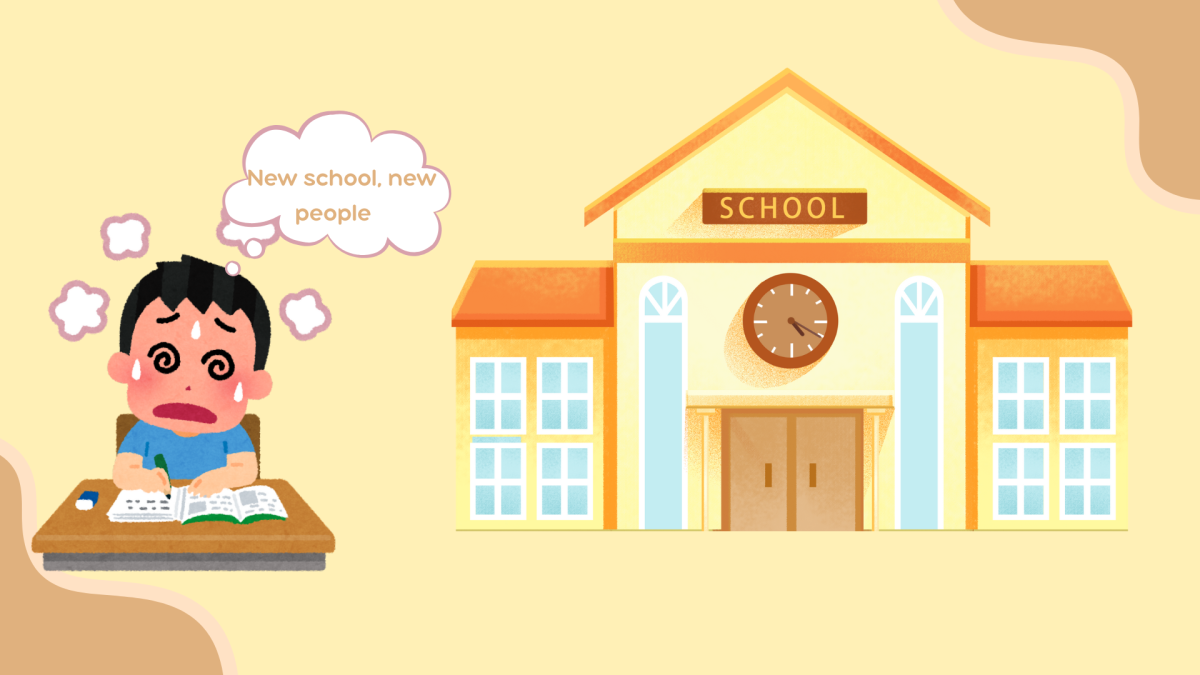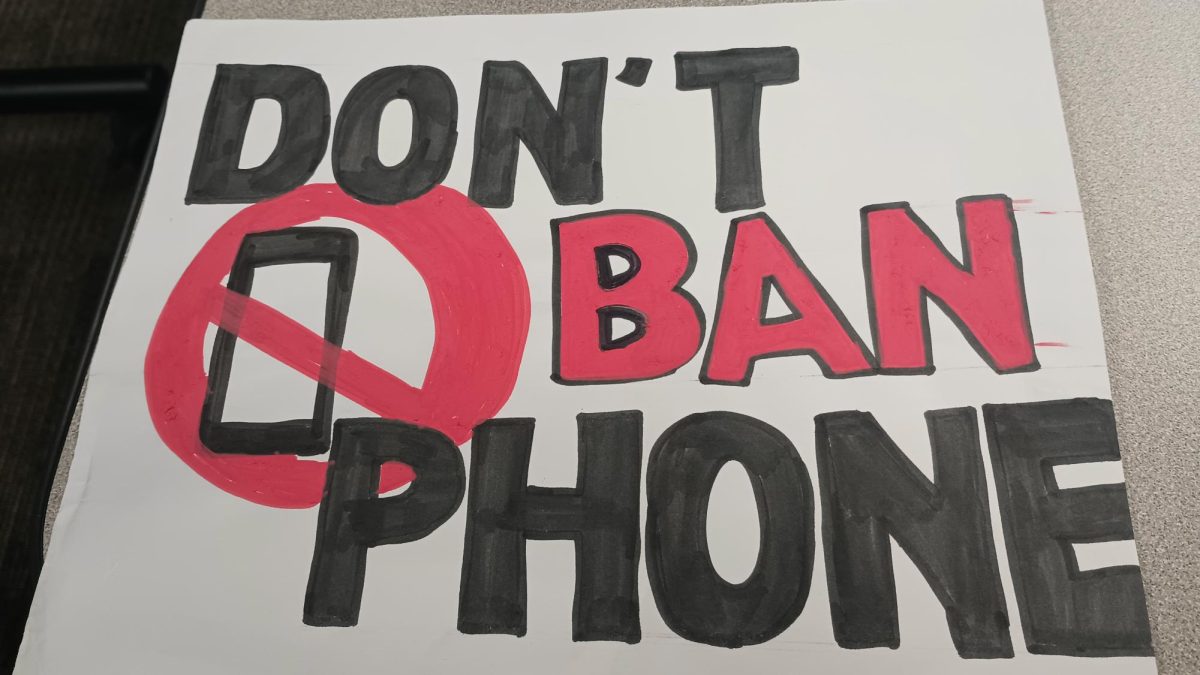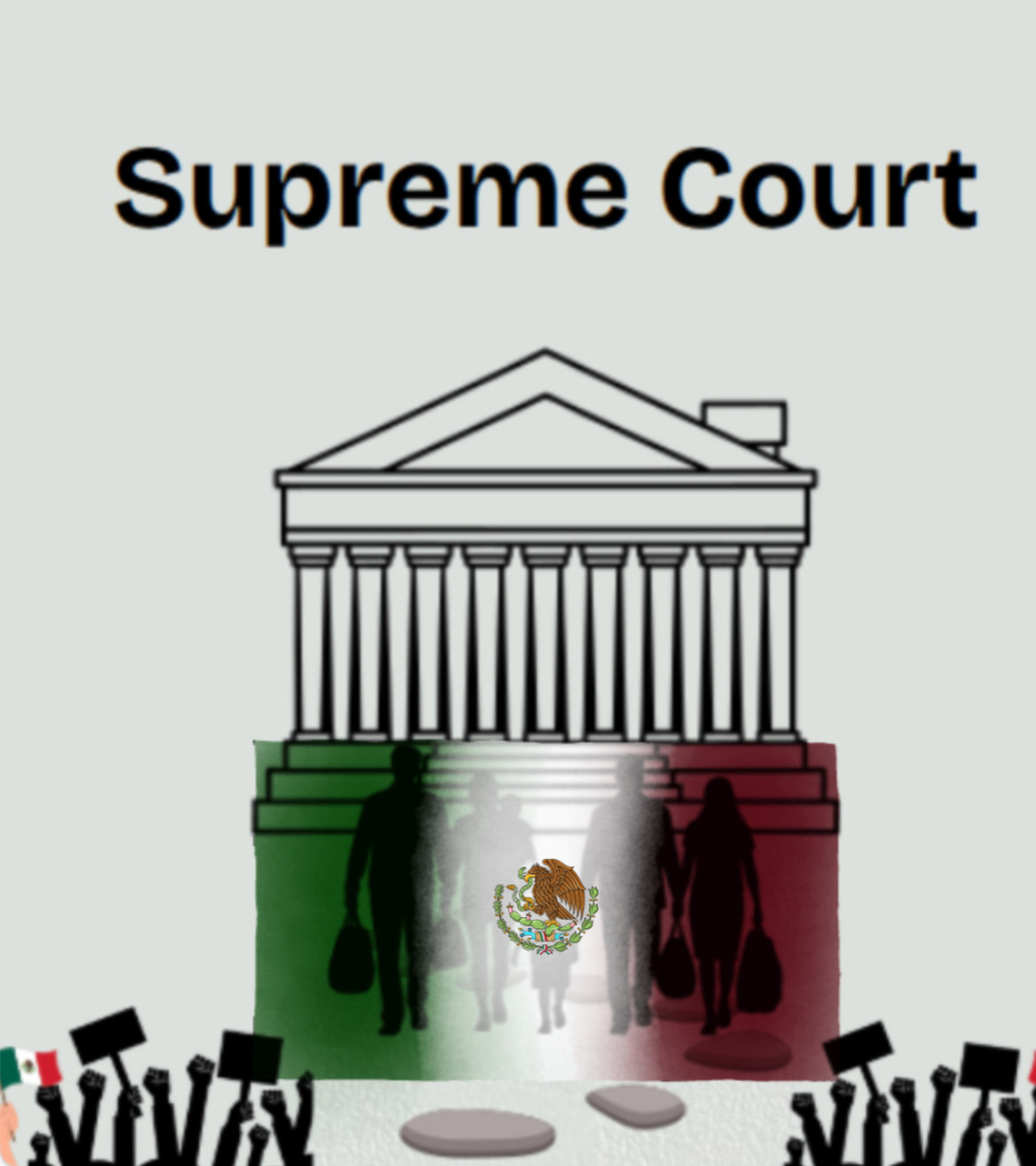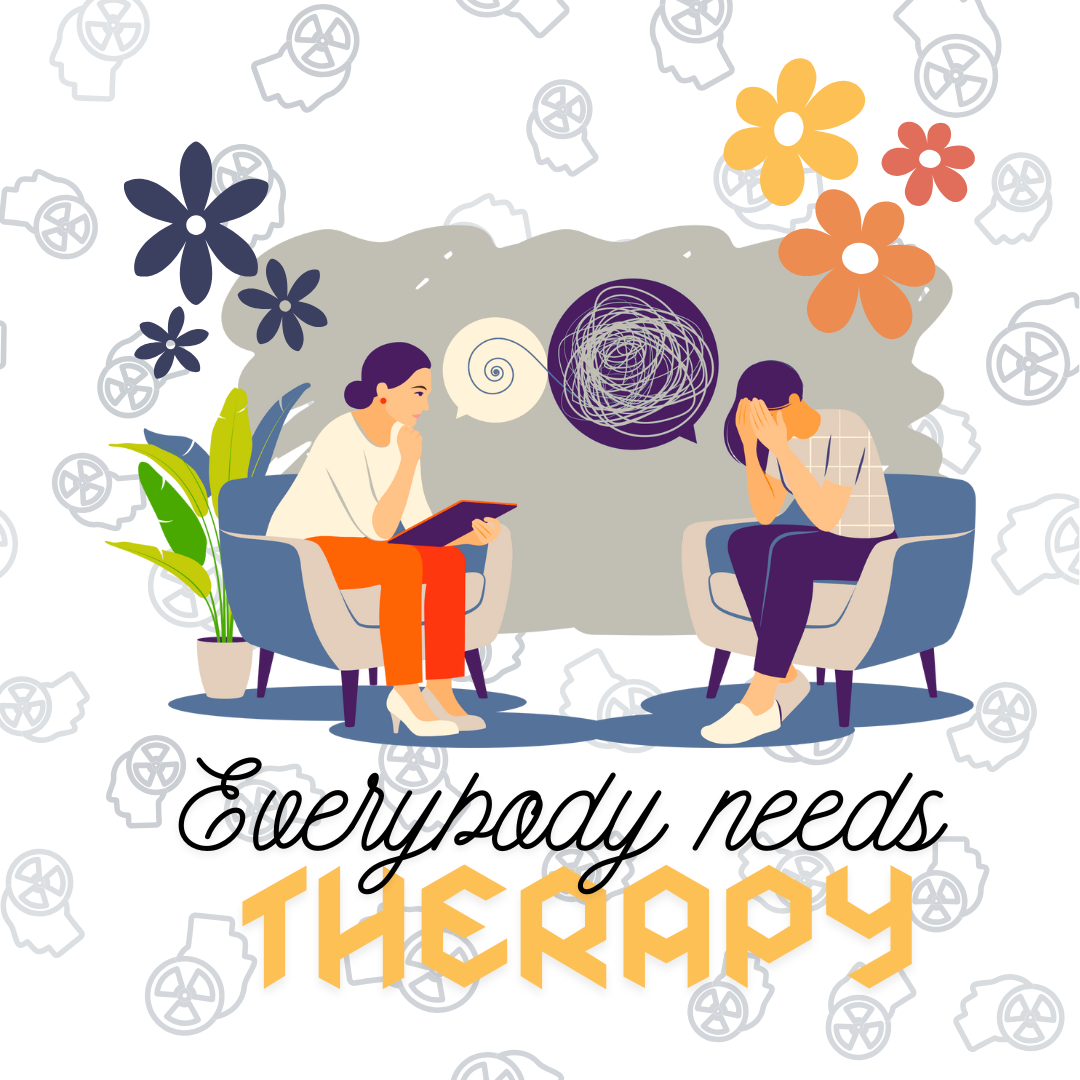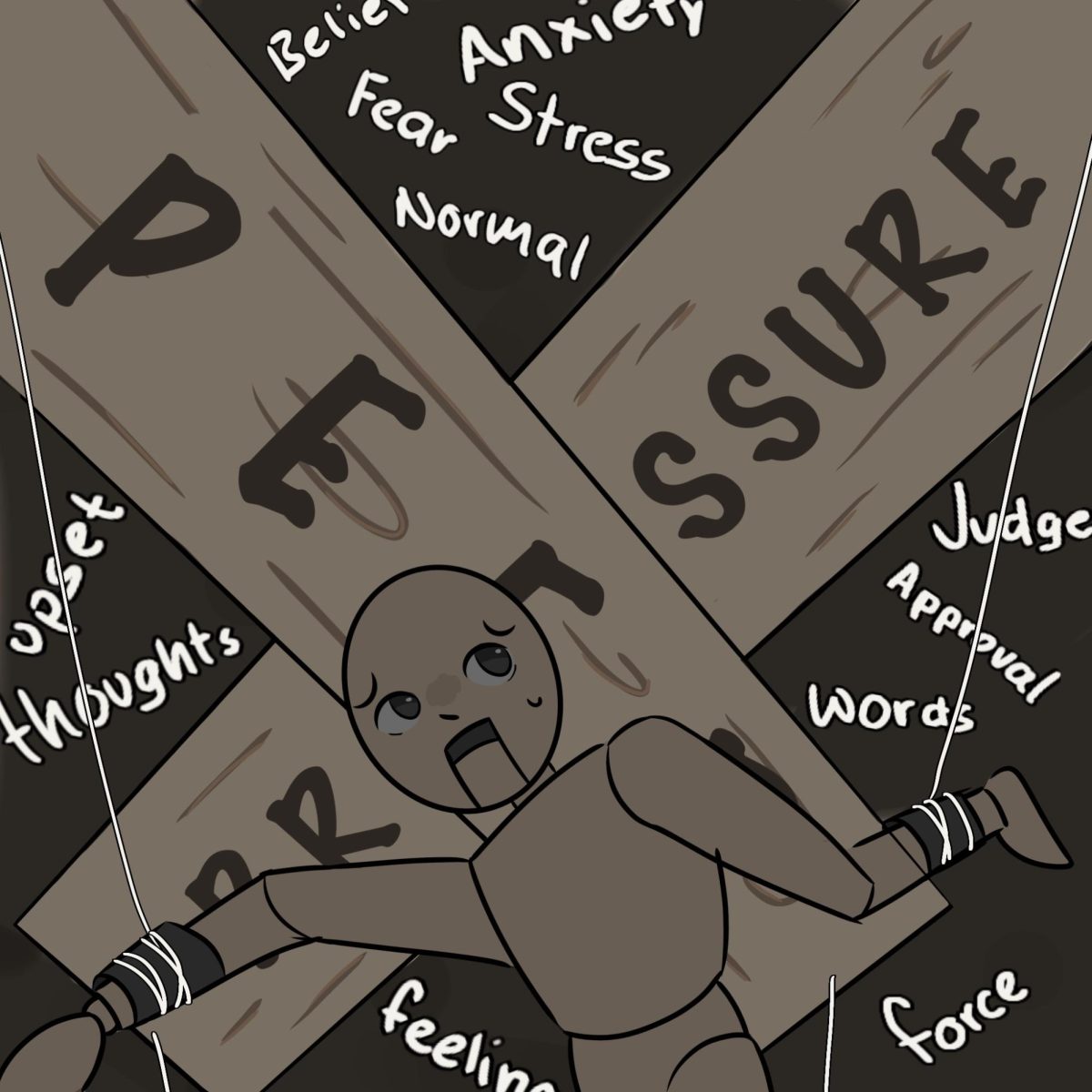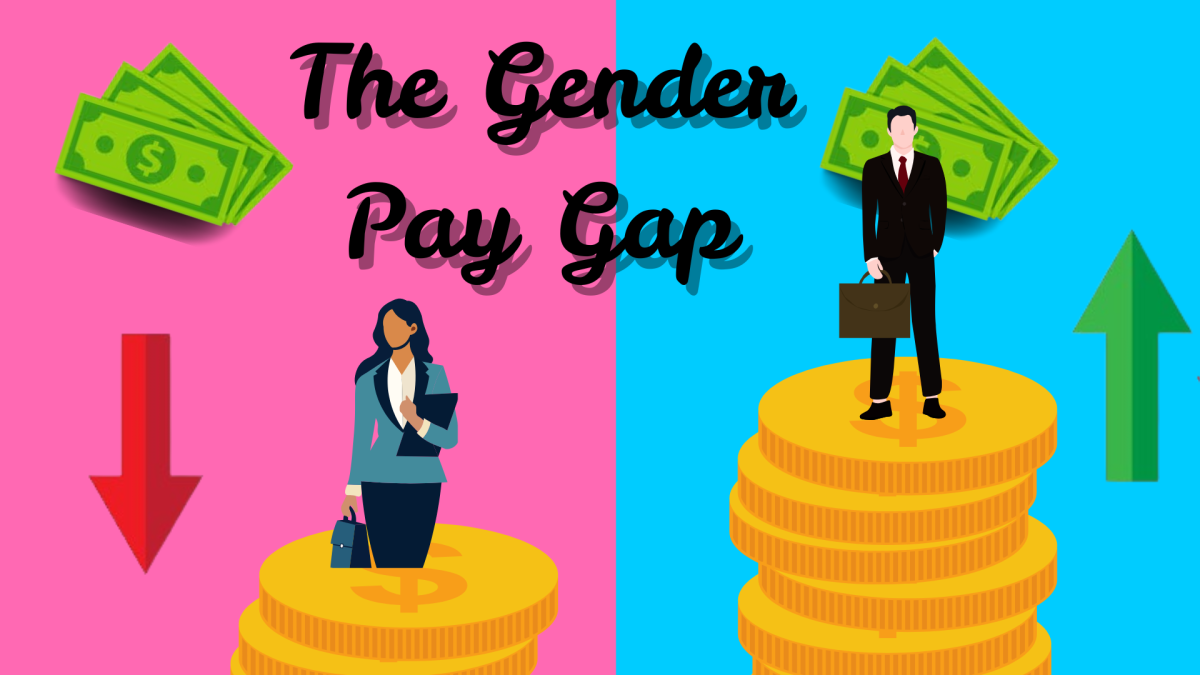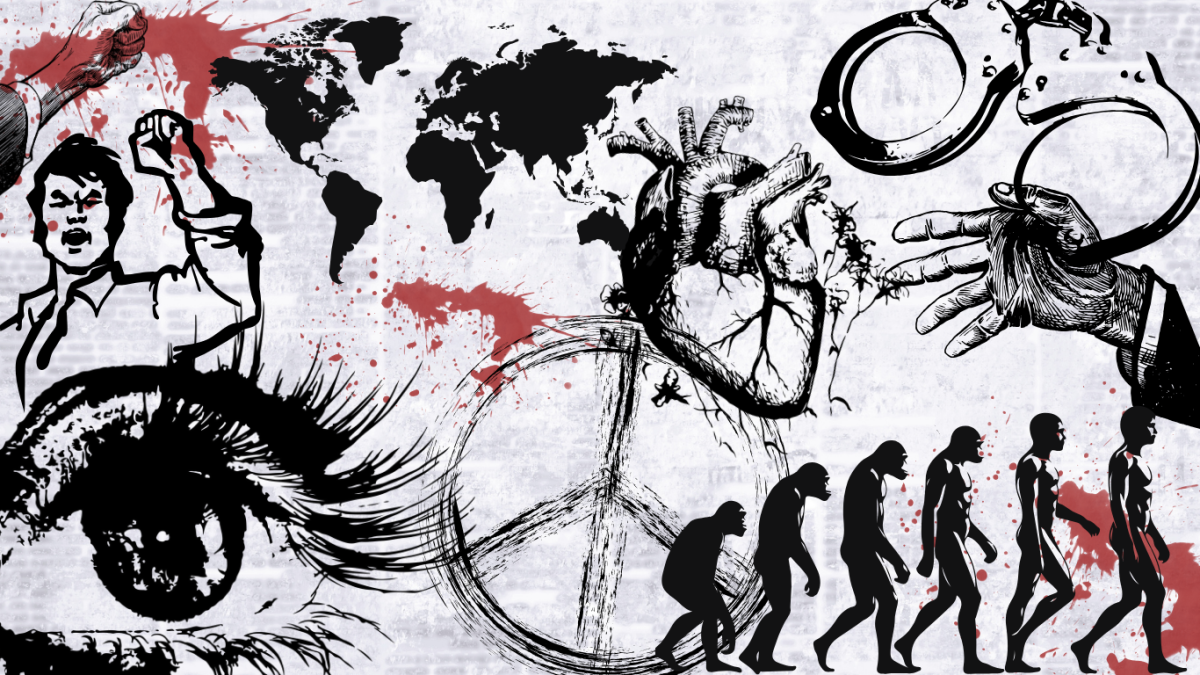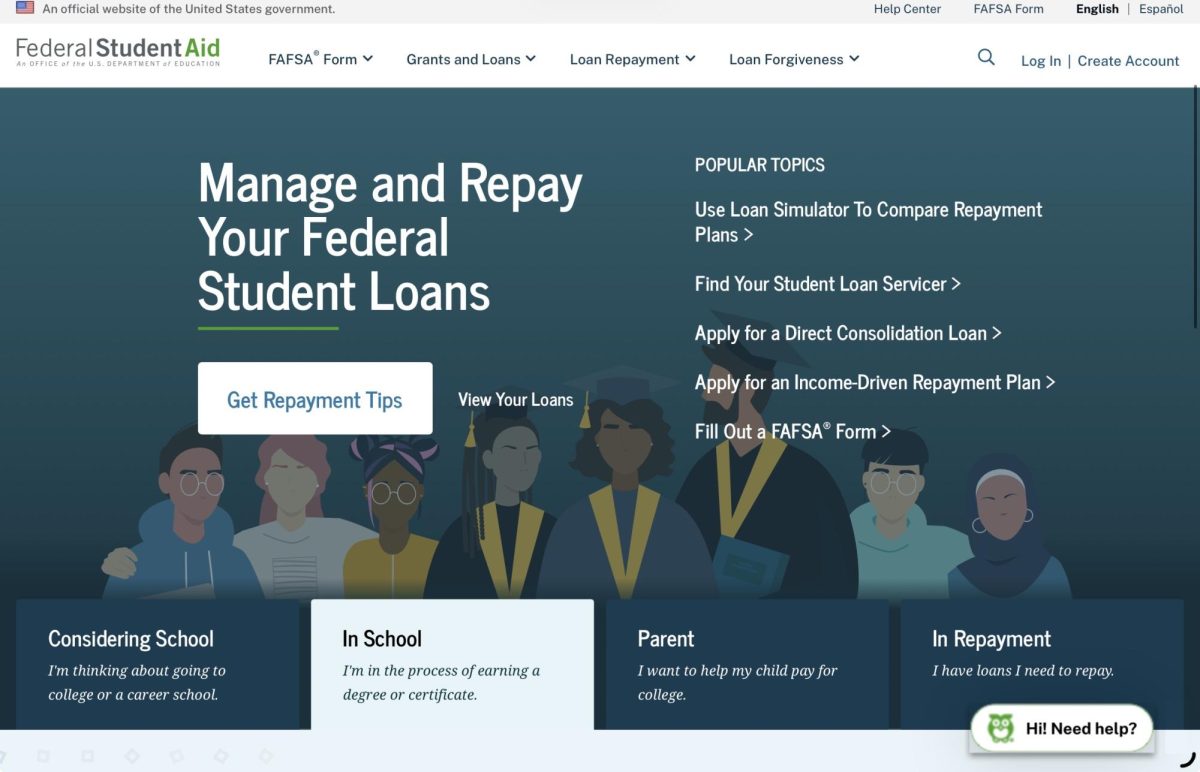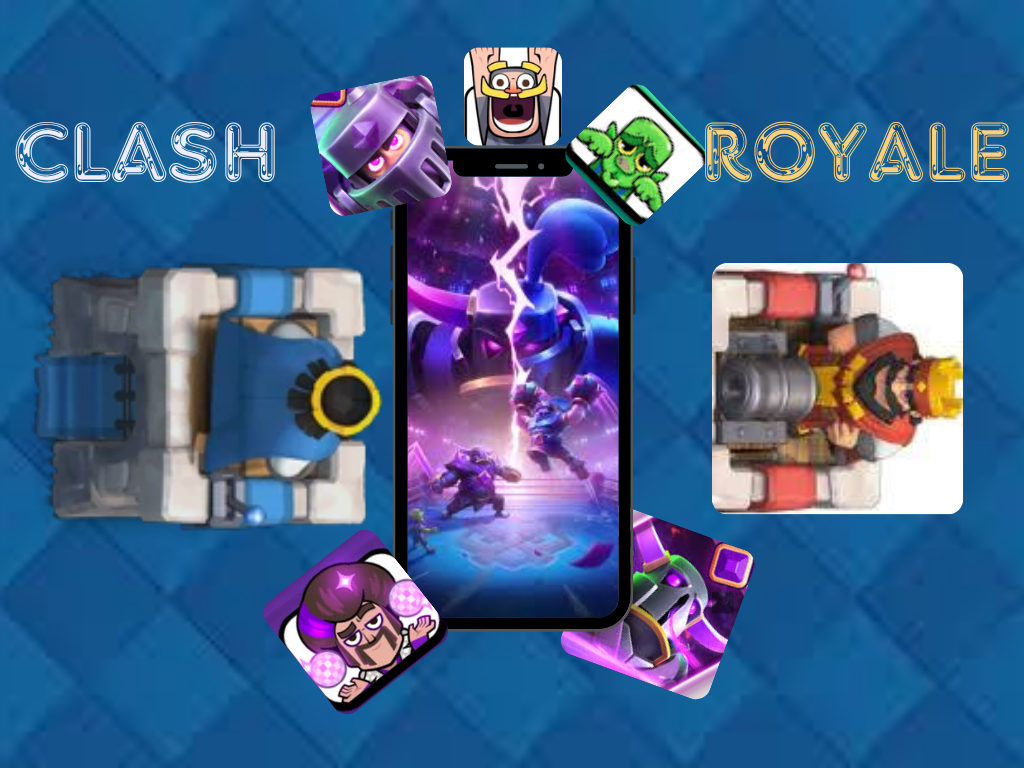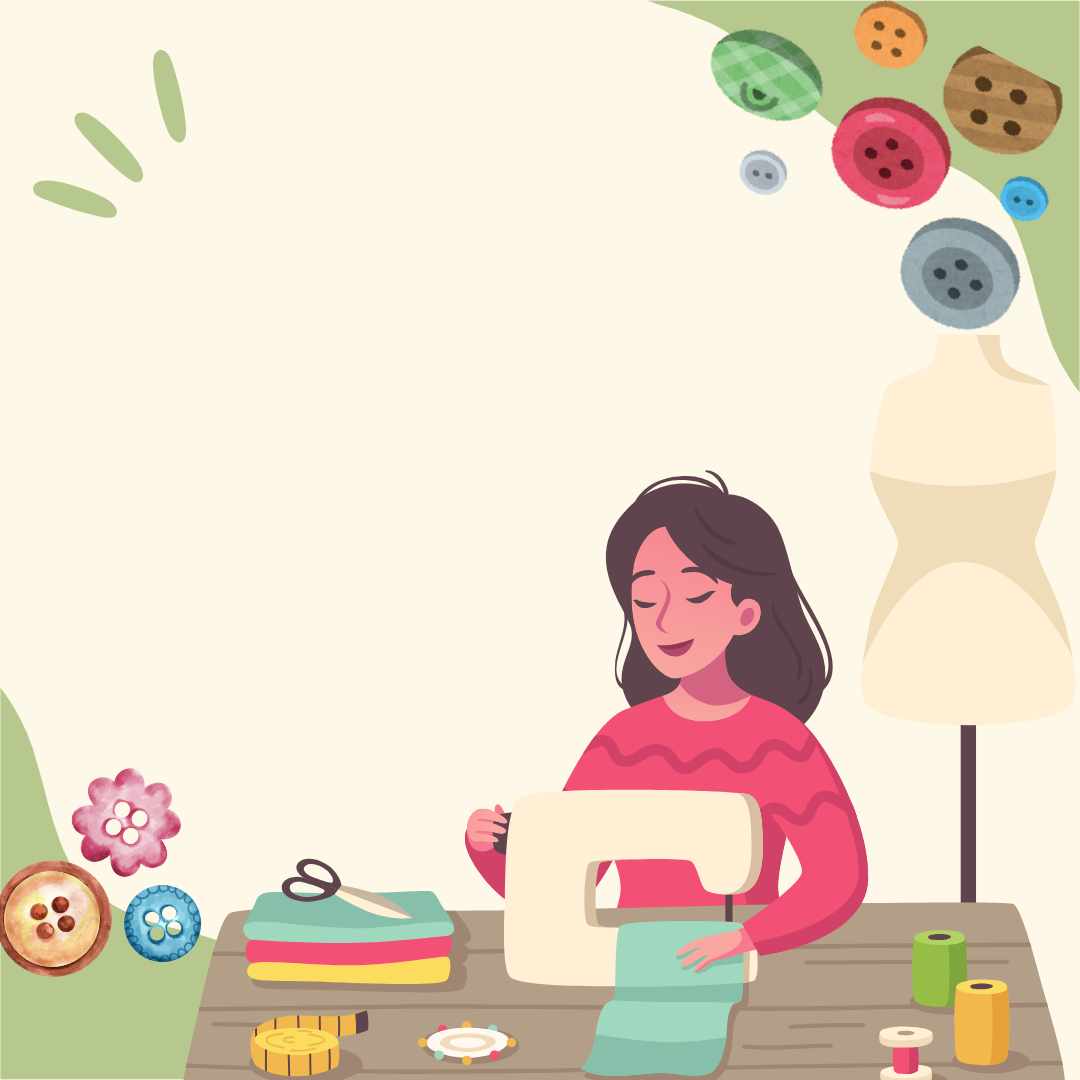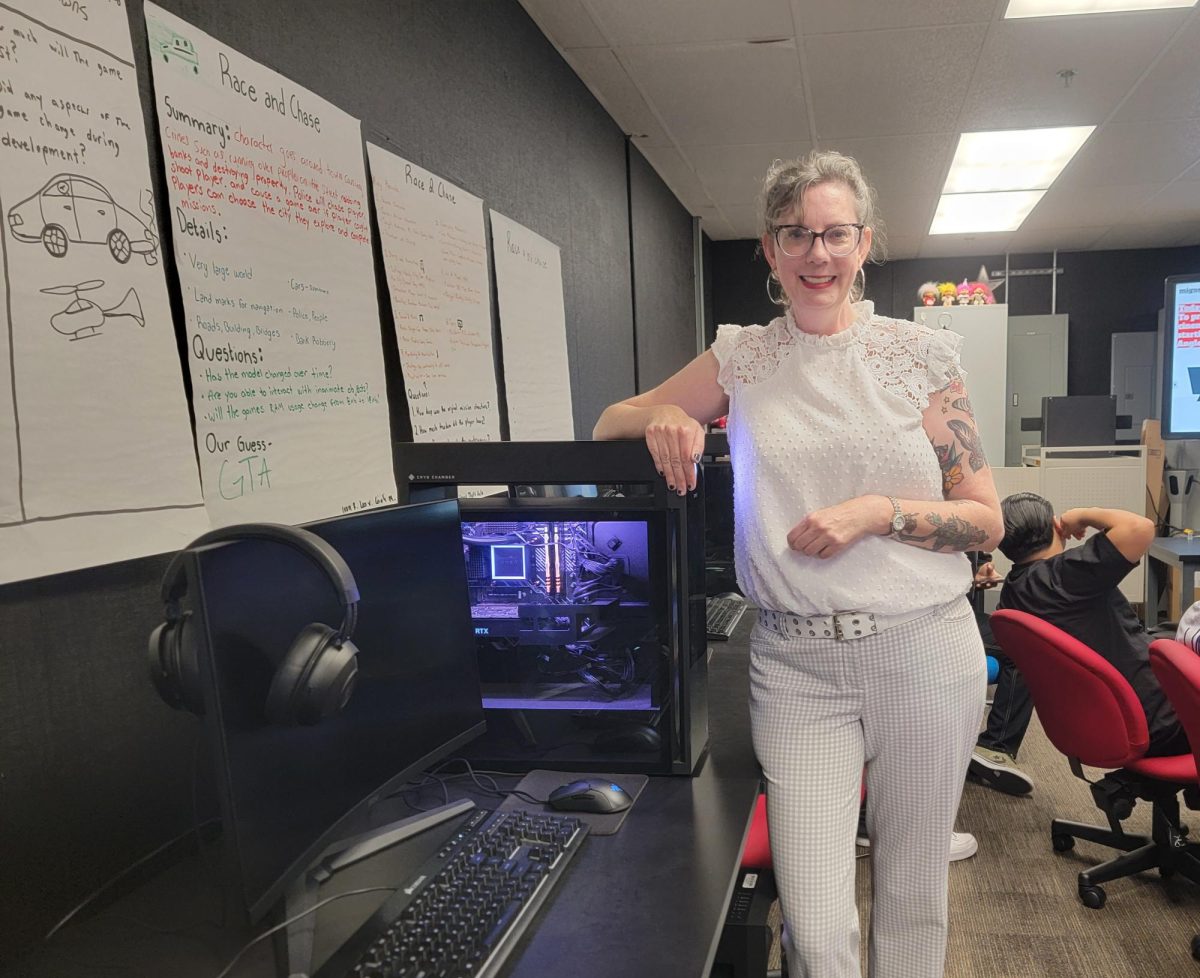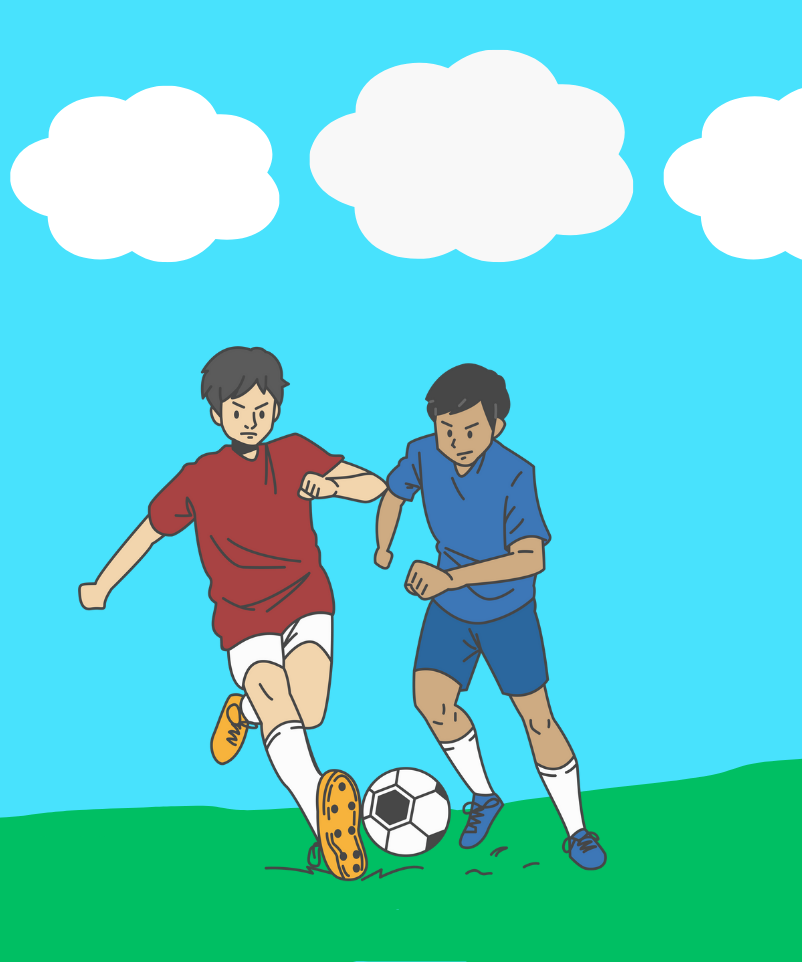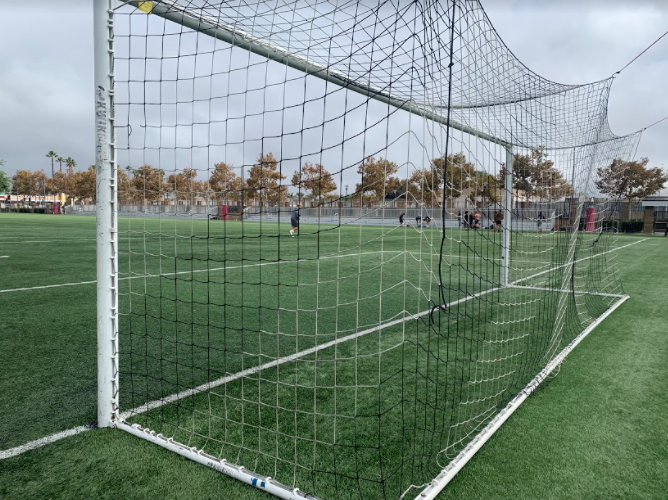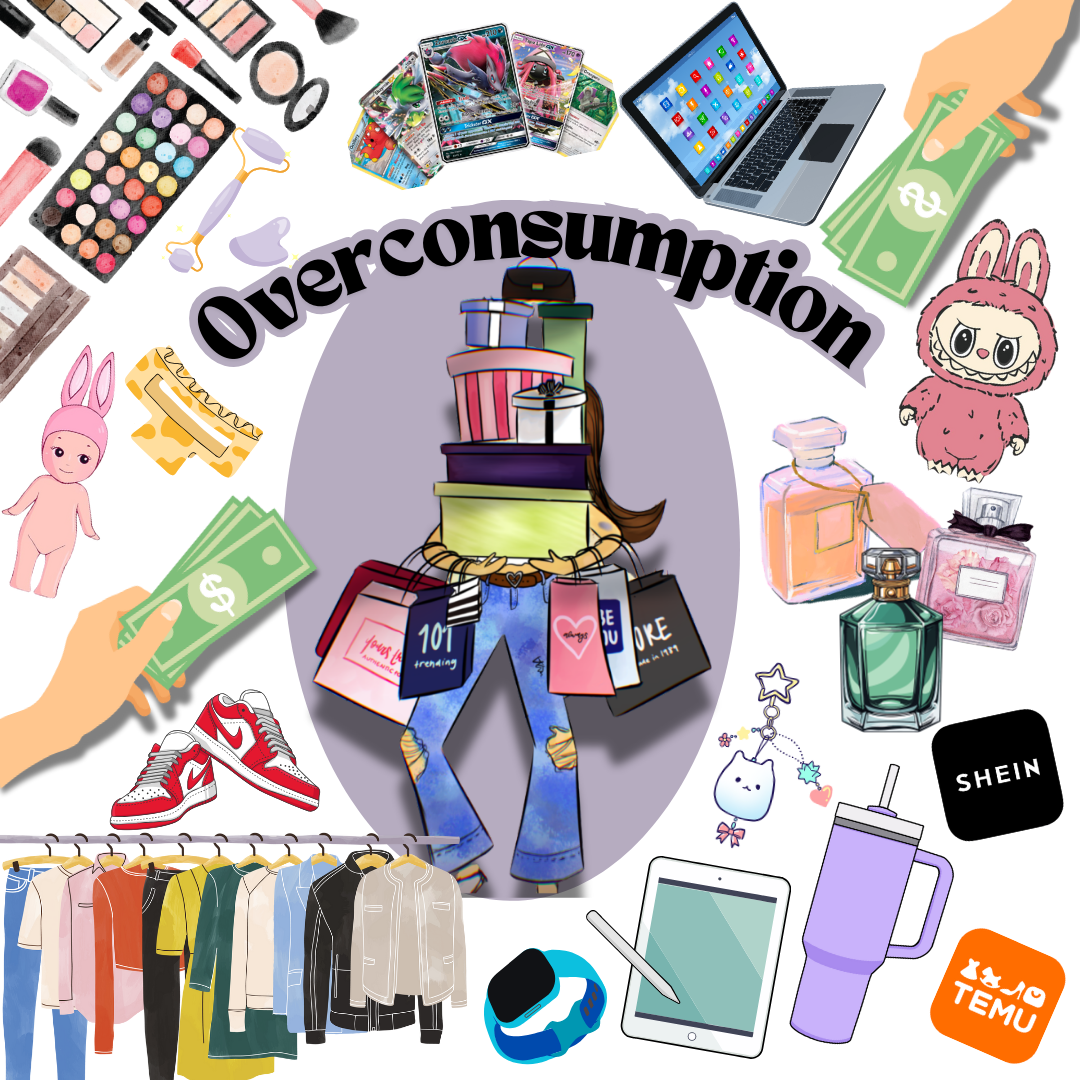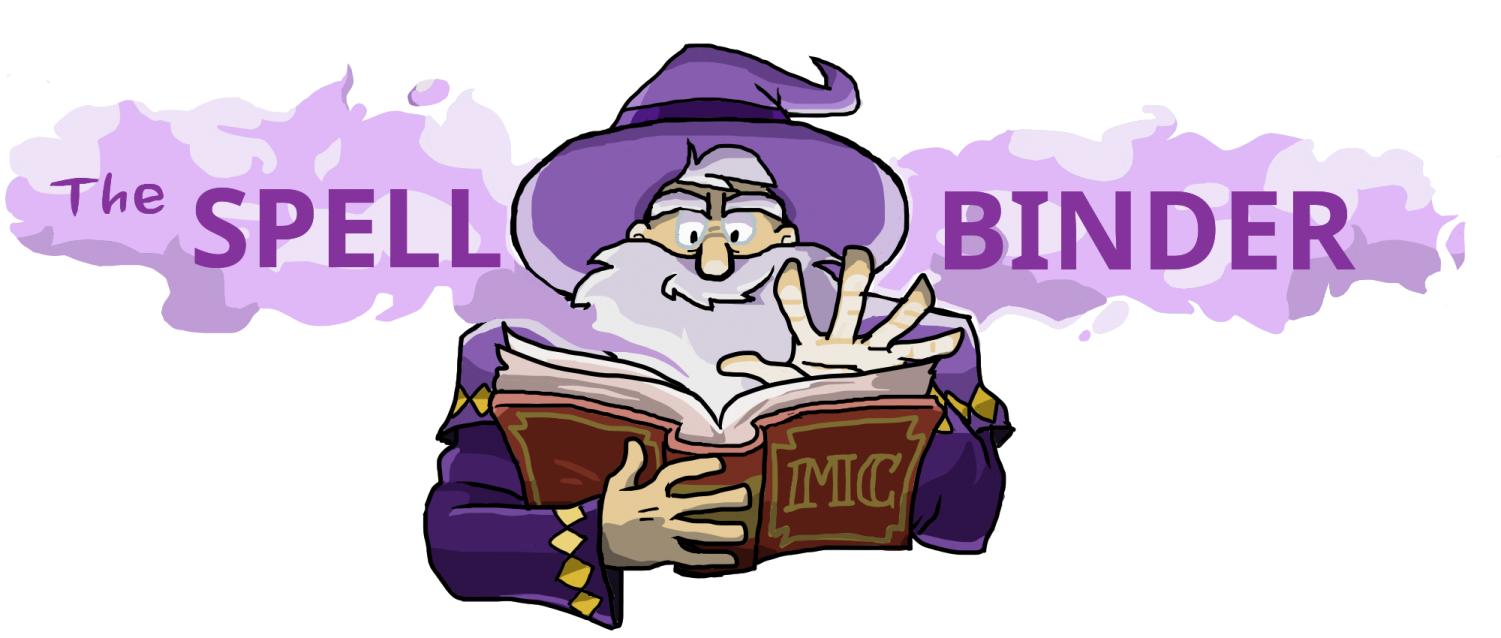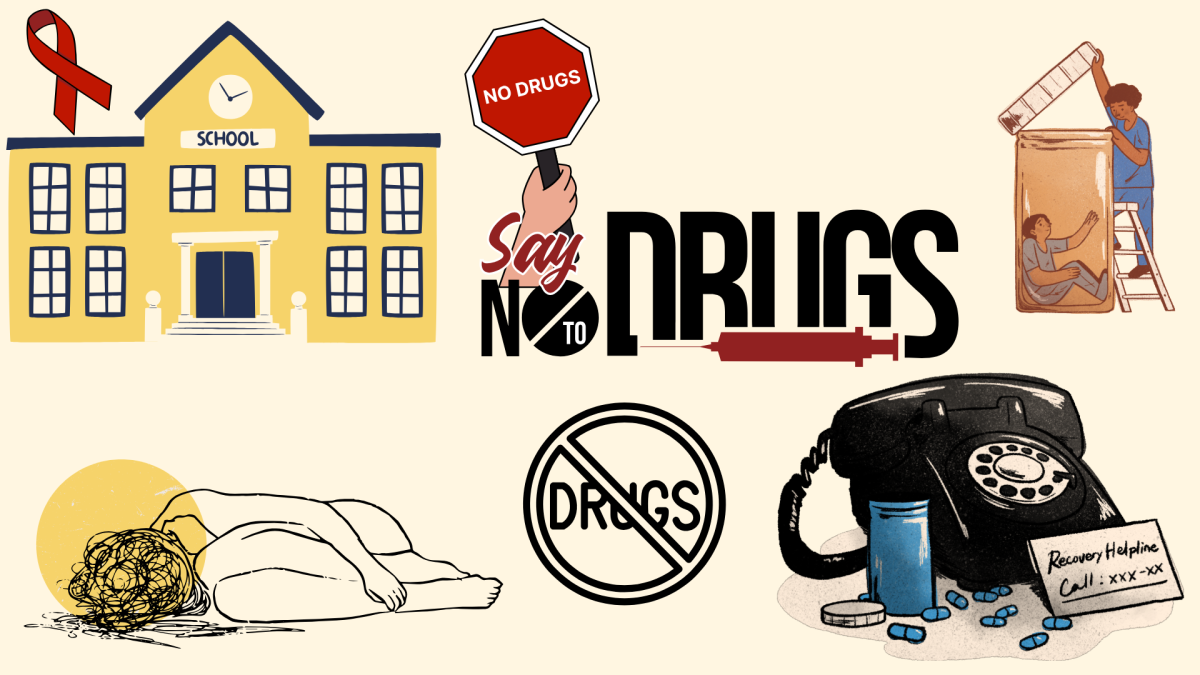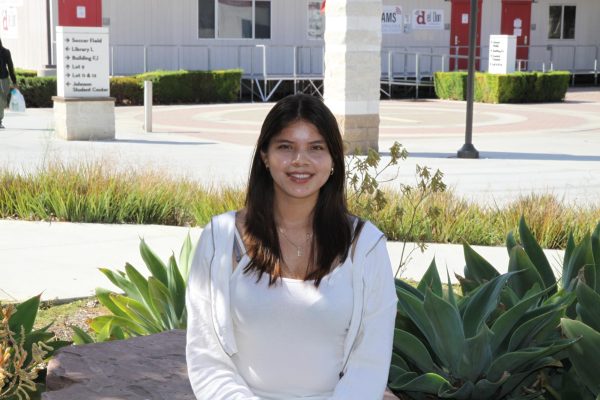Everybody needs therapy. Therapists themselves need therapy. You, the reader, need therapy.
It may sound absurd at first, perhaps even a little offensive. “What do you mean I need therapy?” you might ask. Despite what many people tend to assume, therapy is not solely for people in crisis. It is not a sign of weakness, nor is it necessarily the dramatic, couch-lounging stereotype seen in TV shows and movies. Therapy is a powerful, everyday tool that helps us process emotions, develop healthy habits, and grow into more self-aware, compassionate versions of ourselves.
Although mental health has become a discussion more common in schools and online, a harmful stigma surrounding therapy still lingers. Many see it as a last resort, something to be ashamed of, or something reserved only for “crazy” people. I believe if therapy was perceived less as a fix for the broken and more as a valuable resource anyone could take advantage of, more young people would use it to navigate life with utmost assurance and clarity.
Licensed therapist Olivia Quinjada provides insight on how therapy works and outlines some immediate positive outcomes it offers.
“[Therapy] allows people to have a safe space where they can show exactly how they feel without being judged. It provides them a place to process what’s going on in their lives, their emotions, their behavior. It helps people change the way they think about things,” Quinjada said.
Quinjada mentions a few of the different types of therapies.
“Therapy can be so many different things,” Quinjada said, “It can be play therapy, talk therapy. There are so many different forms and strategies to use.”
There are many types of therapy for people to express themselves how they deem most comfortable. Talk therapy promotes open conversation, play therapy guides children to process emotions through engaging activities, and art therapy encourages a creative outlet for healing. Group therapy invites discussion and shared understanding of experiences, and couples therapy strengthens relationships. With so many approaches, nearly everyone can benefit from some form of therapy.
Quinjada also shares how therapy has changed her over time, both as a person and in her profession.
“As I learn about therapy and as I’ve been able to process things on my own and practice the skills that I teach my students, there has been a lot of self-growth,” Quinjada said, “I know that I still have things to work on, but I work diligently and thoughtfully on how I manage my emotions, how I treat others whether it’s conflict resolution skills, health communication, listening skills, and being able to regulate my emotions so I behave in the way I want to be seen as a person.”
Her words stood out to me. Even as the person helping others, Quinjada has also struggled with improving upon a sense of identity that aligns best with her values and who she wants to be. There are many aspects of herself she is working on, and she serves as a reassuring reminder that no one is perfect. Therapy is about learning and growing, and that is something everyone can gain from.
Quinjada gives a final word of advice to those deciding whether or not therapy is the best choice.
“If people are hesitant to be in therapy or to actually seek help for the challenges and adversities that they’re going through,” said Quinjada, “I would say to give [therapy] a try. Just so you know what it is, what it looks like, and how you feel when you are going through it.”
It is important to recognize therapy is not a cure to all emotional dilemmas. It did not “fix” me, but it gave me tools to calm myself when I felt overwhelmed and taught me how to put a name to what I was feeling. Additionally, I have learned better ways to communicate with my peers, and to set and reinforce healthy boundaries when necessary. It is a truly impactful process that provided me with the first few steps into the long journey of self-growth and discovery.
And I firmly believe it would do the same for you, too.

